May 25th, 2022
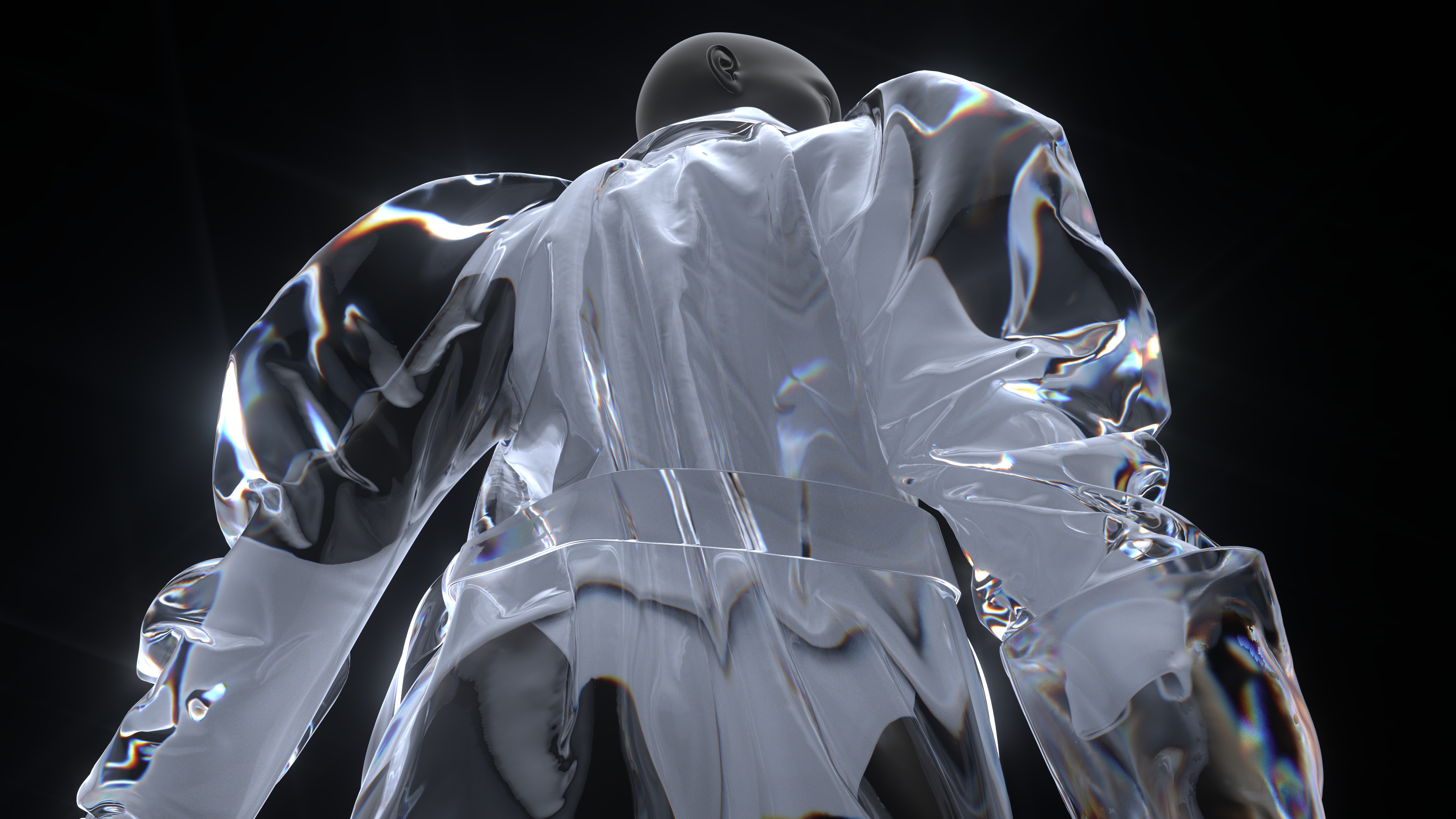
The Fabricant Studio, a Digital Fashion Platform.
Courtesy The Fabricant
WHAT IS AN NFT?
NFT stands for “non-fungible token”.
“Fungible” means that a token representing a value is interchangeable. For example, cash is fungible. If two people each have a $5 bill, one person’s bill has the same value as the other’s. The two people could trade their bills and still have the same value. It does not matter which $5 bill either person has. Either bill can buy the same cup of coffee at a coffee shop.
What NFTs do is that they take something fungible, like a digital photograph, which can be copied, pasted and have the same value in both copies, and make it non-fungible by creating a single, uniquely identifiable token on the blockchain that “attaches” to it, acting as a certificate of ownership of that file. NFTs signify that there could be millions of digital copies of a work of art (or anything else) on the Internet, but only one person—or a limited number of people—have a rarified, unique token that matters, representing the “true” copy or file. Therefore, it is the ownership of the NFT itself that has value and which can be transacted, as opposed to any kind of intellectual property ownership or possession of a file itself on a hard drive.
Beepleʼs EVERYDAYS: The First 5000 Days, sold for over $69M, the most expensive NFT trade to a single owner.
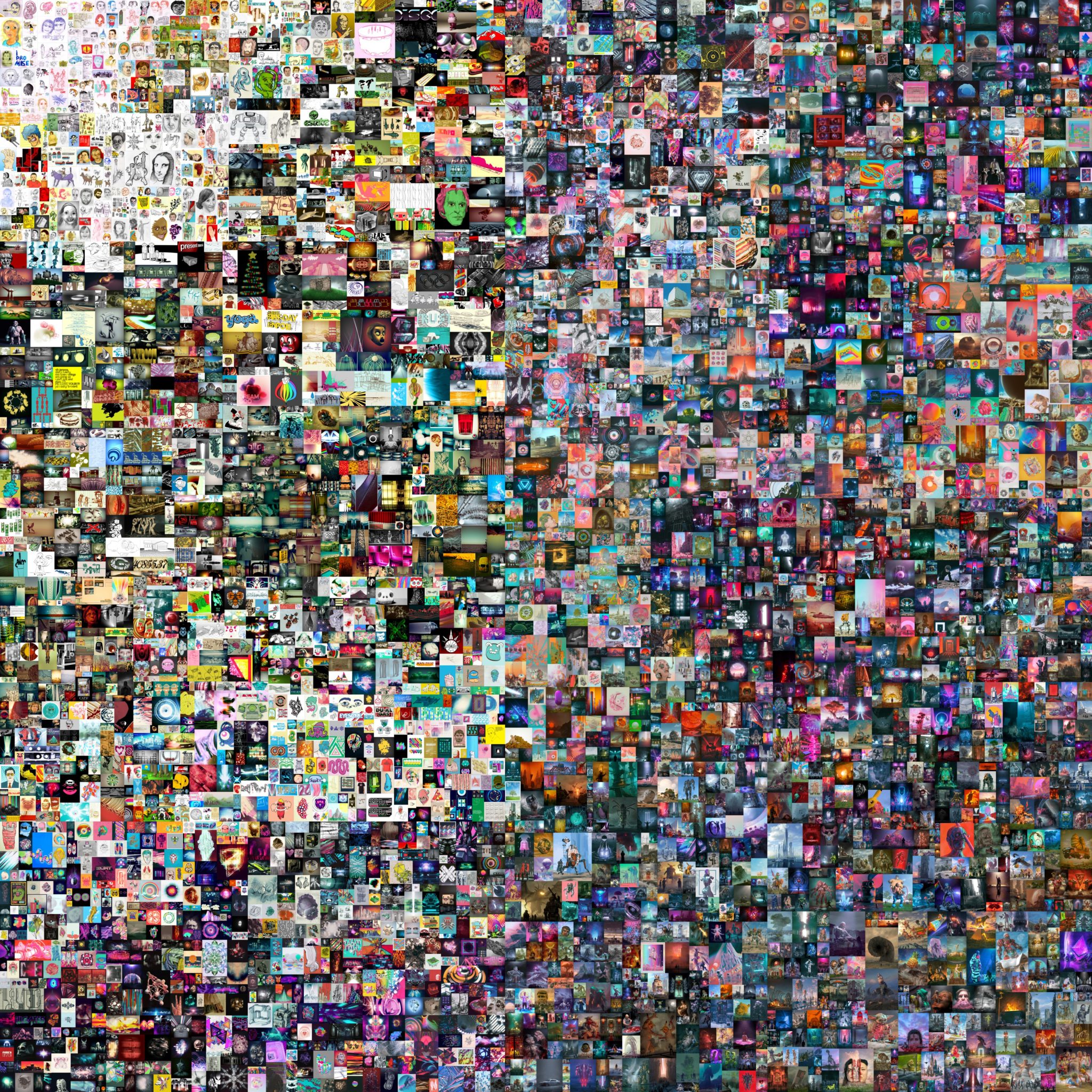
#1 SALE IN 2021
Beeple (b. 1981) – EVERYDAYS:
THE FIRST 5000 DAYS.
Sold: $69.35M
Courtesy Christie’s Images LTD. 2022
THE MARKET VALUE
As such, what drives the sales of NFTs to the billions of dollars is less the aesthetic or material quality of the file that represents the NFT, but the rarity and exclusivity of the NFT itself. It is how five of the ten most expensive NFTs ever sold, CryptoPunks, are no more than 24-by-24 pixel images. The value for the owner of such a token is not “owning” the assortment of pixels in its own right; rather, the value of owning a CryptoPunk is being able to resell it. The incentive for ownership is comparable to equities traders.
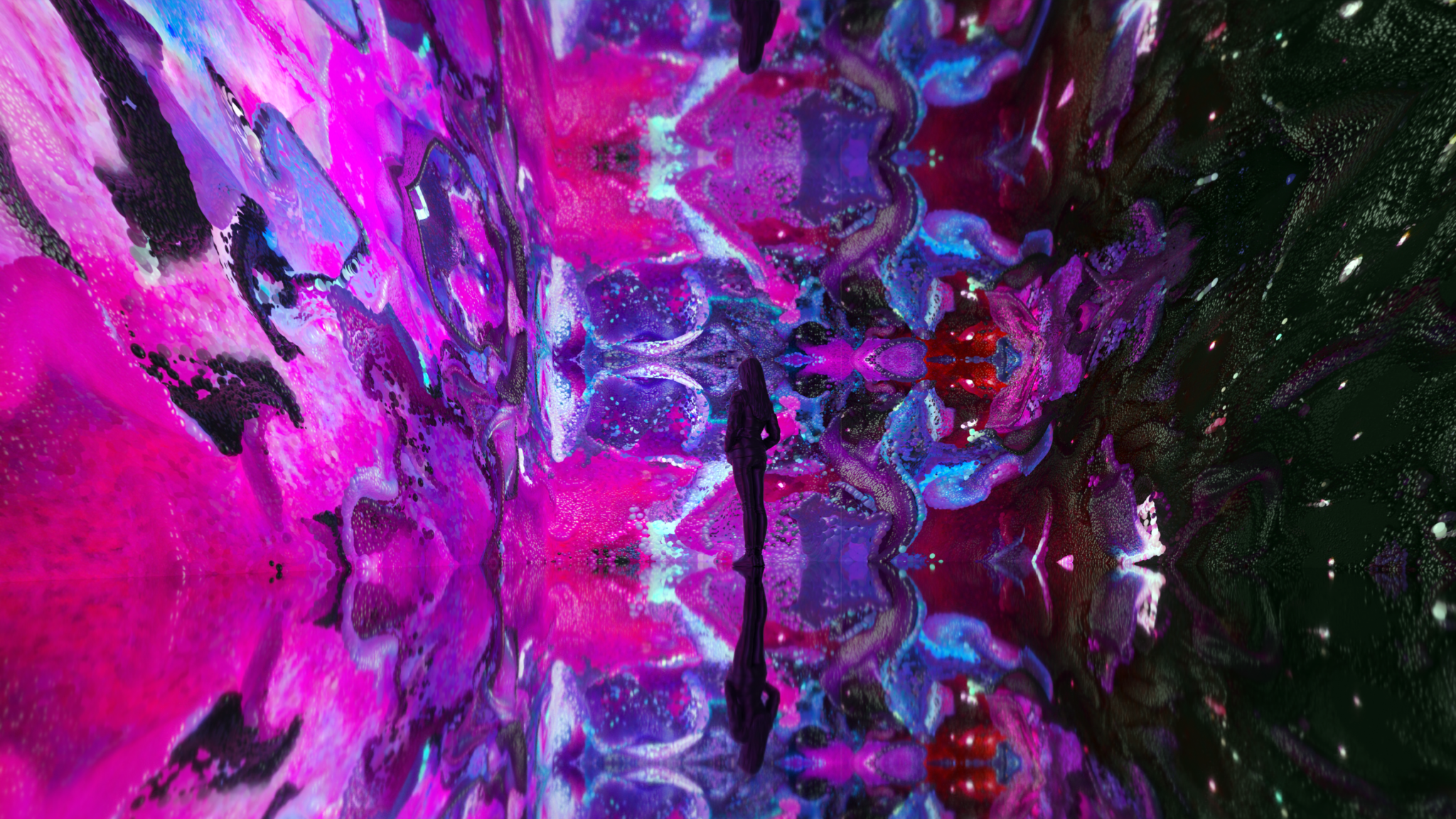
Machine Hallucinations – Space : Metaverse, 2021.
Courtesy Refik Anadol Studio
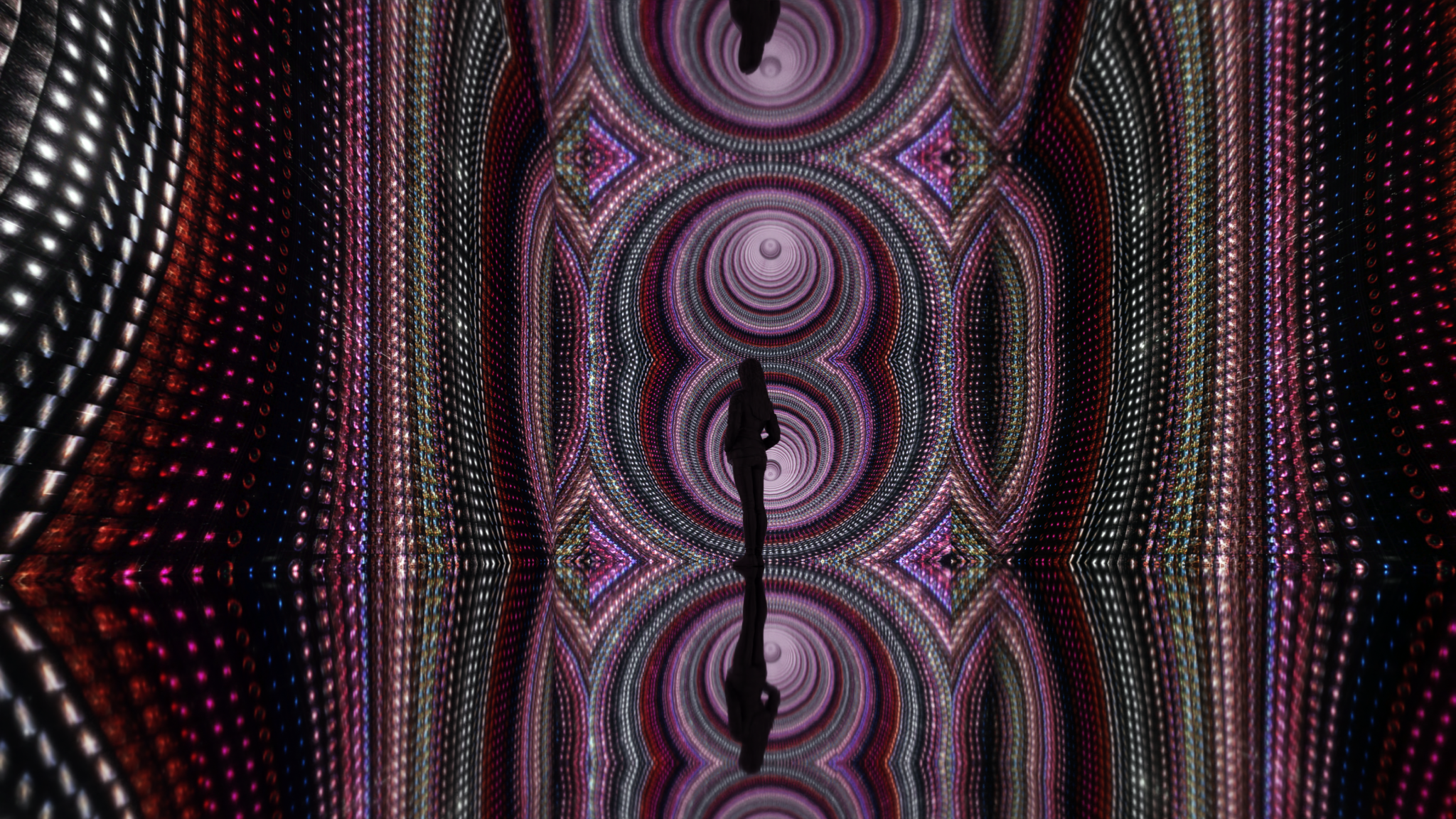
Machine Hallucinations – Space : Metaverse, 2021.
Courtesy Refik Anadol Studio
Like stocks, which are created by corporations and then put up for sale, independent private companies create, or “mint” NFTs, and sell them on markets like OpenSea, Nifty Gateway and more. One of the most popular creators of NFTs is Yuga Labs, which own the intellectual property to the two most traded collections, or “projects”, Bored Ape Yacht Club and CryptoPunks.

Fabian Oefner Space Time Memory 16t9 LNFT0005, 2021.
Courtesy Lamborghini
In 2017, Larva Labs, the original creators of CryptoPunks, released 10,000 of them to claim for free; today the average CryptoPunk sells for about 58 ETH, or over $126,000, as of May 11. The series has since transacted 903,340 ETH in volume as of May 11, estimated at just over $1.9 billion. The top-selling “punk” of all time, CryptoPunk #5822, sold for over 8,000 ETH, worth $23.7 million at the time of sale. Bored Ape Yacht Club, another series of NFTs, have collectively traded 562,610 ETH as of May 11.
In 2017, Larva Labs released 10,000 CryptoPunks for free. Today, an average one trades for $126,000.
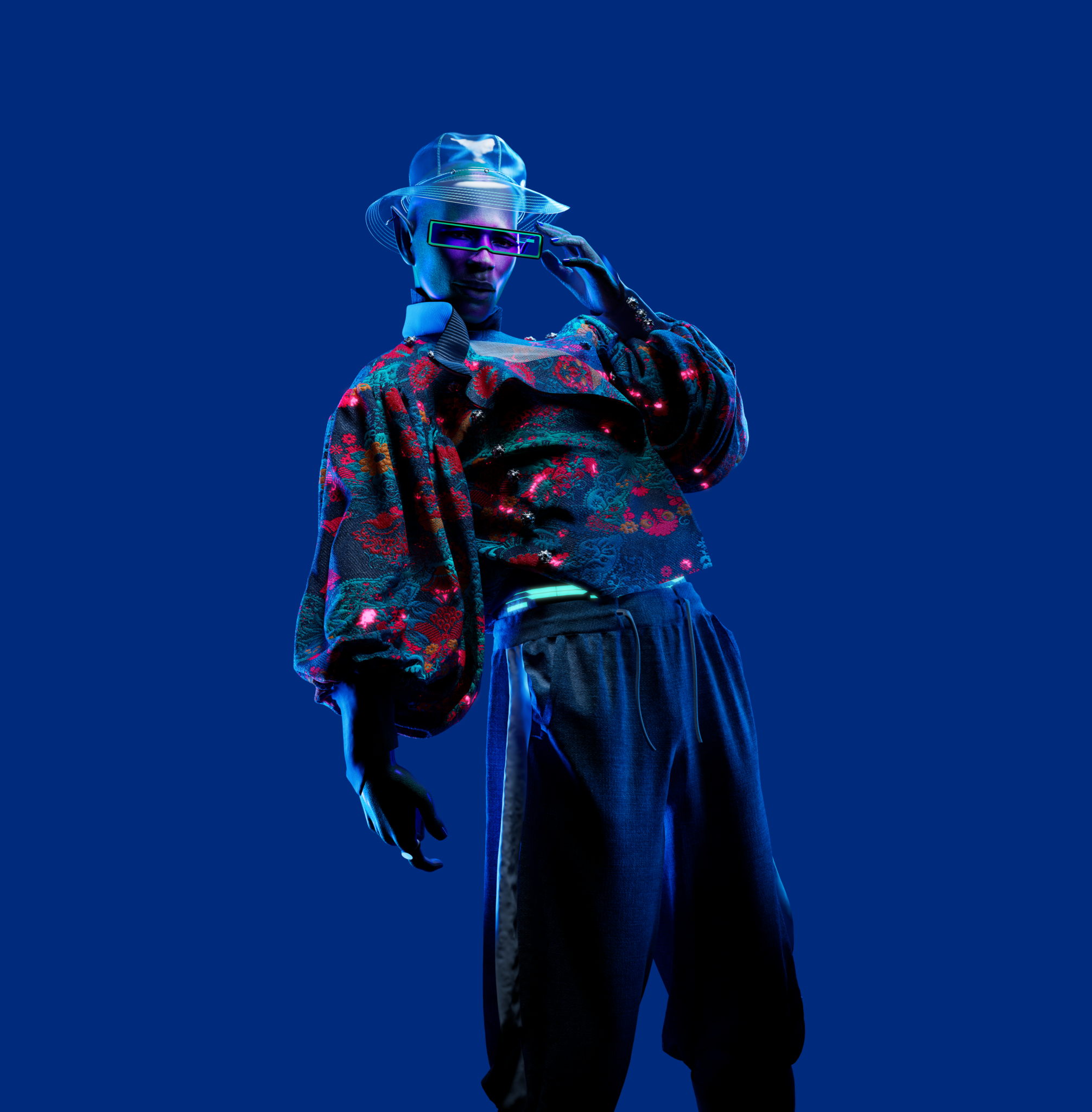
A Digital Fashion Image for re_USED re_SATIN Exhibition at Zeeuws Museum – The Netherlands.
Courtesy The Fabricant
But NFTs alone are also unlike stocks. The public corporations issuing shares are outputting goods into the real world, be it clothing, food, industrial manufacturing, software and more. There is no “output”, as it were, of an NFT. Which begs the question, if an NFT’s only function is
to earn profit for the trader, what is its function for everyone else?

Matt Kane – Meules after Claude Monet, 2021.
Courtesy Sotheby’s
THE METAVERSE
“Utility is the future of NFTs,” says Ben Arnon, Co-CEO and Co-Founder of Curio, an NFT platform and marketplace for entertainment-related NFTs. If 2021 was the year of NFTs, it was still “NFT 1.0”, Arnon says, which was “built on FOMO, scarcity and price appreciation.” NFT 2.0, he says, will be “about utility, value, innovation and storytelling.” For example, if NFTs can certify ownership of 24-by-24 pixel files, they can also certify ownership of physical homes, luxury watches or handbags, in lieu of deeds or verification cards. They can even certify ownership of more complex “files”, like plots of virtual land, digital clothing inside video games or simulated experiences. Unlike Cryptopunks, you will be able to do something with them.
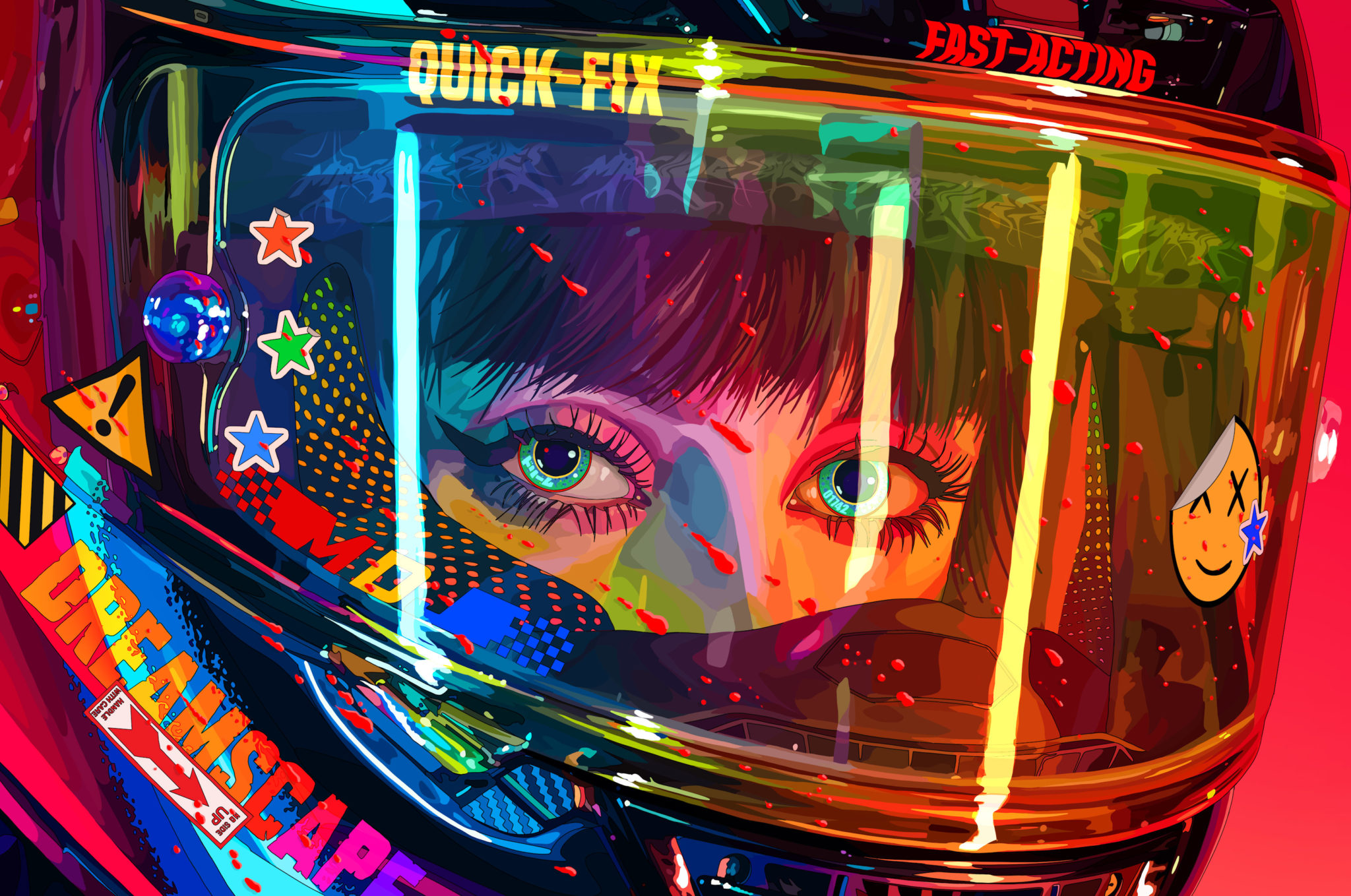
Mad Dog Jones – Visor, 2021.
Courtesy Sotheby’s
The Sandbox and Decentraland are the most popular virtual worlds, where an avatar’s plot of land or clothing can be purchased with cryptocurrency, and ownership verified with an NFT. Entering them is an experience much like playing a desktop video game such as The Sims. Plots of “land” are for sale, and they have collectively just sold over 344,000 ETH worth of them. Real-world brands like Adidas and Prada have bought up space in what is to be known as Decentraland’s “Fashion District” as well.

Louis 200, Louis The Game.
Courtesy Louis Vuitton
Still, a unique world, which exists only inside a desktop, phone or even VR headsets, has “limited to short-duration uses for the majority of the public,” says Louis Rosenberg, CEO of Unanimous AI and an early pioneer of virtual and augmented reality (VR and AR). In other words, while they are great tools for gamers or traders, these “worlds” have not helped humans better communicate, educate or operate at scale, and so they are novelties.
Goldman Sachs conservatively estimates the global metaverse opportunity could reach $3.75 trillion.
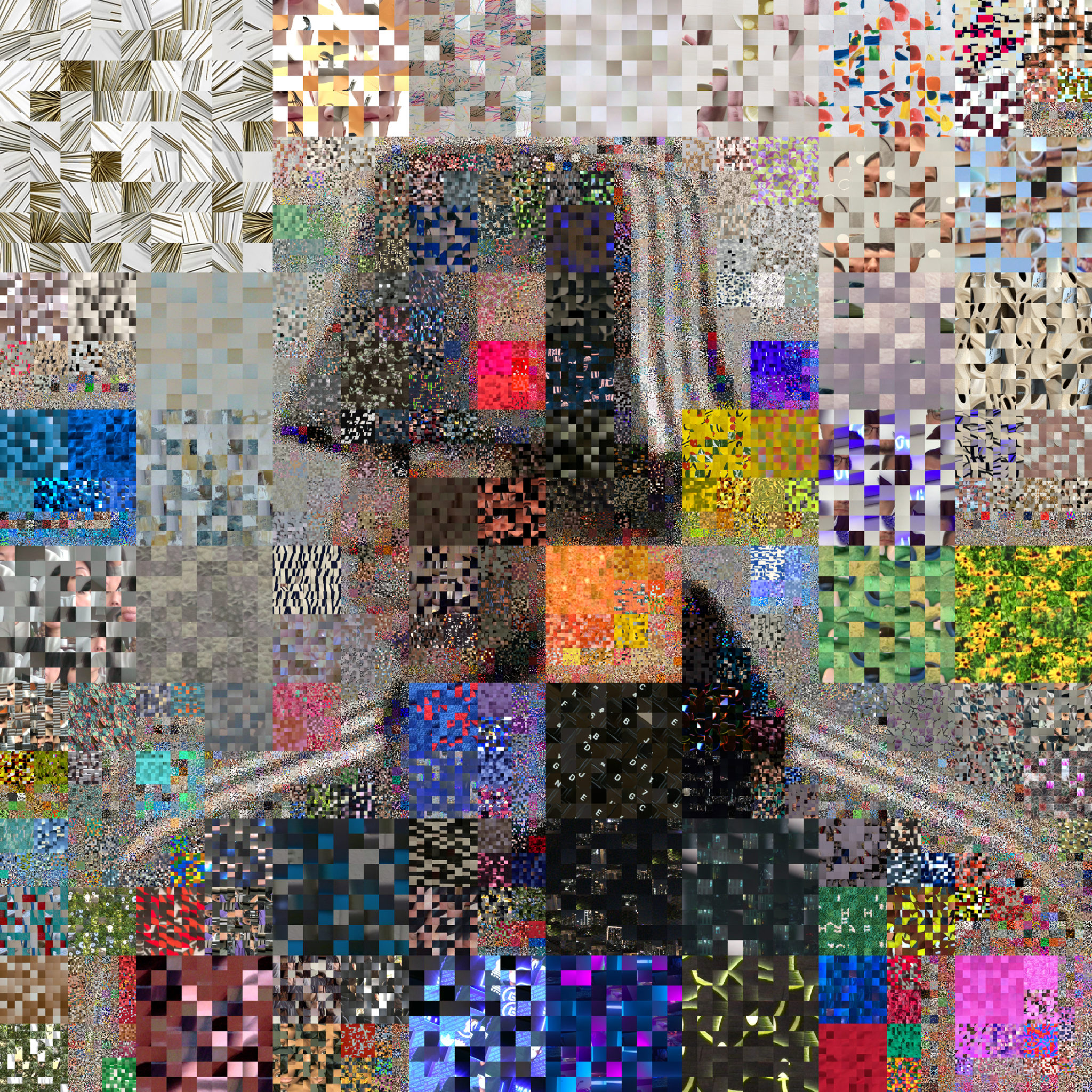
NFT Artwork by Adidas for Prada Re‐Source.
Courtesy Adidas Originals
But they will, Rosenberg believes. “The Metaverse, when broadly adopted by the general public, will be a merger of our real surroundings with rich layers of virtual content, delivered by see-through eyewear,” or AR “smart” glasses. He predicts that “markets will follow the technology that offers the most natural experience to the human perceptual system,” which can only be “by integrating it directly into our physical surroundings.” One day, he says, you will be able to put on a pair of glasses and see a friend wearing “clothing” that is virtual but looks real, or you will pass a billboard plastered on the side of a building that is not actually plastered at all, but is virtually placed there and targeted to reach you. The “receipts” for any of these purchases will be NFTs.
Morgan Stanley estimates that luxury metaverse sales could reach EUR €22B.
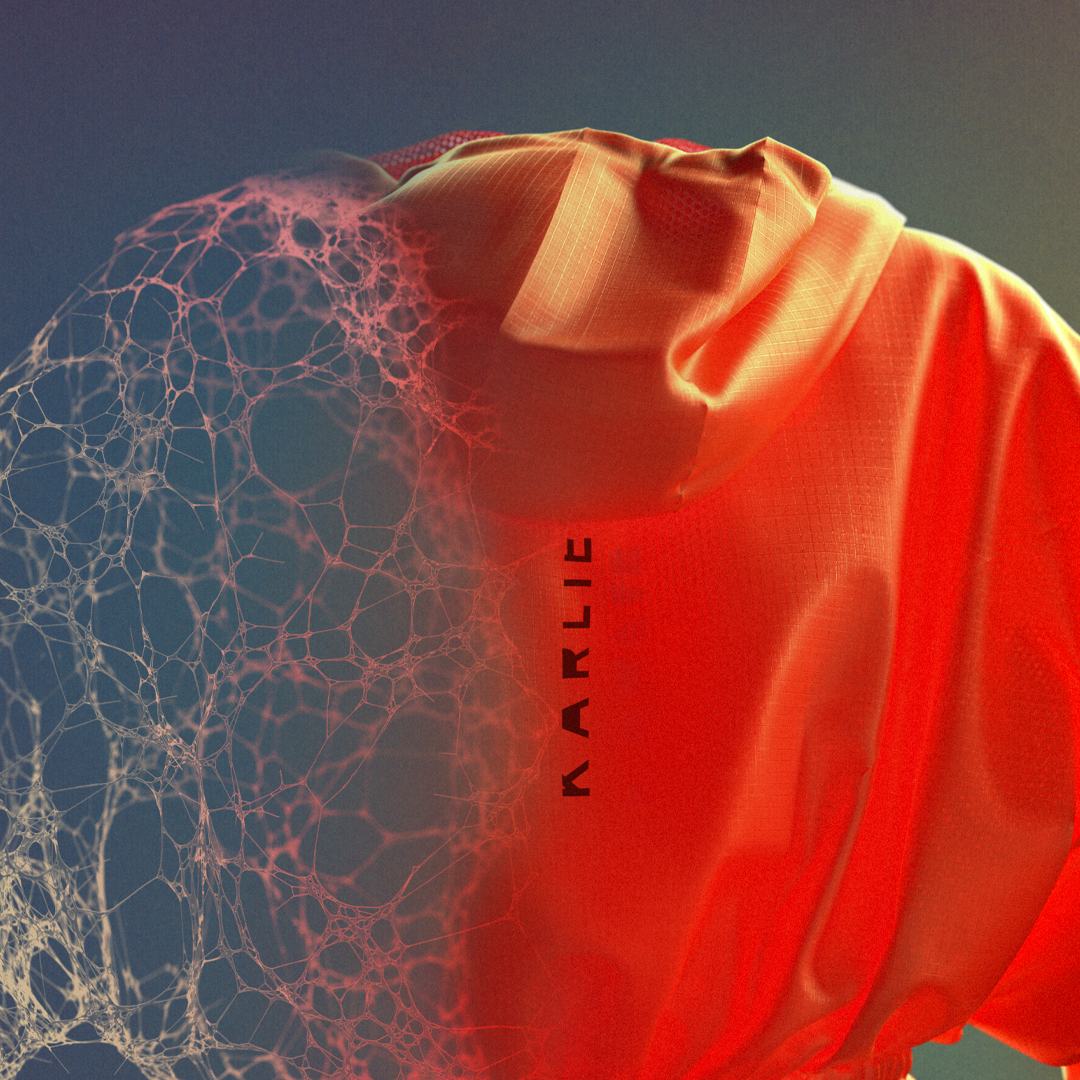
A Digital Version of the Wind. RDY Parka Jacket from Adidas X Karlie Kloss.
Courtesy The Fabricant
As for a timeline, Apple is set to release their first functional AR glasses in 2023, which Rosenberg believes will follow an adoption curve similar to the iPhone launch in 2007.
Eventually, he thinks they will replace smartphones as the primary interface of the digital world. In such a world, Goldman Sachs conservatively estimates the global metaverse opportunity could reach $3.75 trillion.

Louis 200, Louis The Game.
Courtesy Louis Vuitton
Early versions of this are happening already. The Fabricant, the first virtual studio for fashion, has “dressed” Karlie Kloss in a collaboration with Adidas, partnered with Tommy Hilfiger and Vogue Singapore to make virtual clothing. RTFKT, the virtual sneaker creators that were acquired by Nike in December 2021, have gained notoriety in the sneaker community.
Beepleʼs Human One is the third most expensive NFT sold to a single owner, for $28.99M.
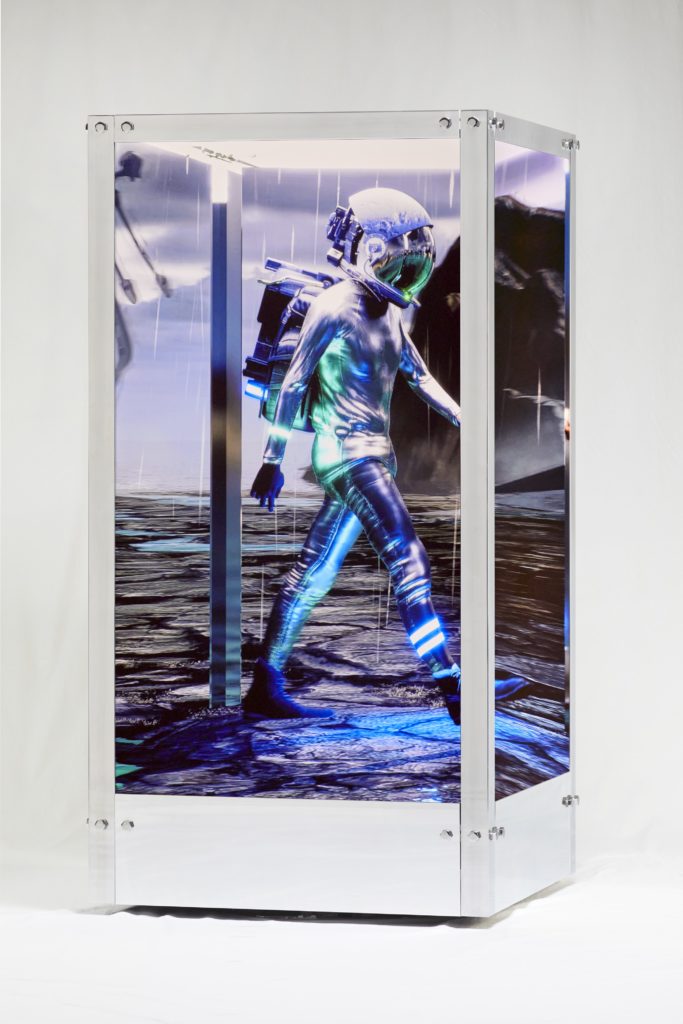
#2 SALE IN 2021
Beeple (b. 1981) – HUMAN ONE.
Sold: $28.99M
Courtesy Christie’s Images LTD. 2022
Morgan Stanley estimates that luxury metaverse sales could generate sales of EUR €10 billion by 2030, though it could reach as high as about EUR €22 billion. Amber Slooten, The Fabricant Co- Founder, says we are on the brink of “an era of radical social change that will create new economies and transform power structures, while enabling new ways to express our identity in ways that have never been seen before.” That is when NFTs will matter to you, too.





